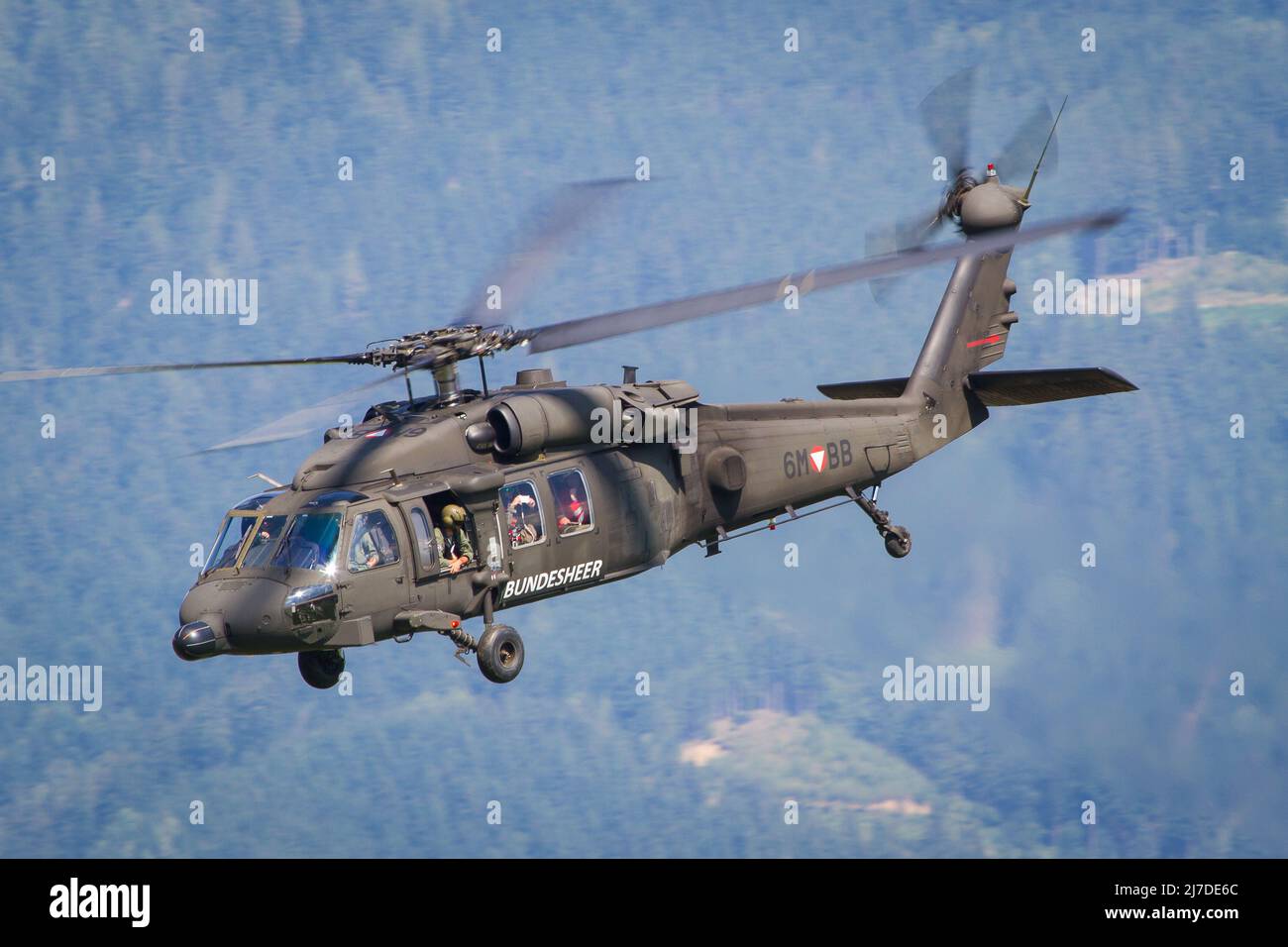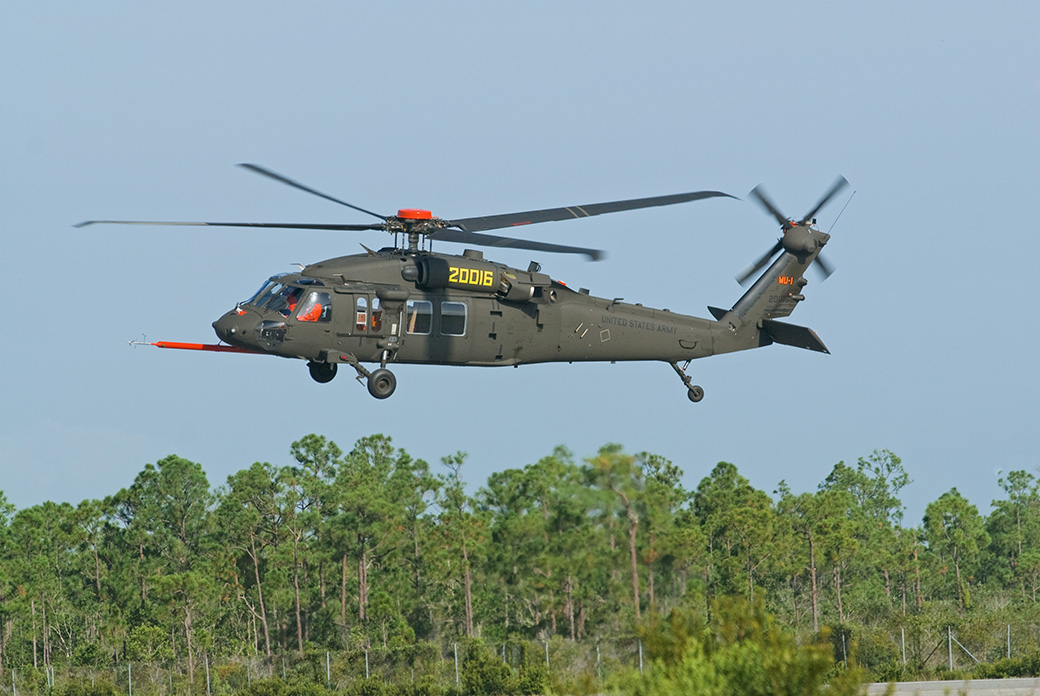The Sikorsky S 70 Helicopter: A Deep Study Its Layout and Efficiency
The Sikorsky S 70 Helicopter: A Deep Study Its Layout and Efficiency
Blog Article
High-Performance Multi-Role Rotorcraft Featuring Advanced Cabin Technologies and Integrated Sensing Unit Systems
The world of rotorcraft modern technology has seen noteworthy advancements in current times, specifically in the realm of high-performance multi-role rotorcraft outfitted with advanced cabin modern technologies and effortlessly integrated sensor systems. These technologies have not only increased the functional capacities of rotorcraft yet have additionally significantly impacted contemporary air travel procedures on different fronts. From improved goal convenience to enhanced functional performance, the convergence of sophisticated cockpit technologies and incorporated sensing unit systems has introduced a brand-new era of opportunities for rotorcraft applications. In the complying with discussion, we will certainly check out the evolution of rotorcraft technology, look into the realm of innovative cockpit advancements, and analyze the effects of incorporated sensor systems on the operational convenience and efficiency of modern-day rotorcraft.
Development of Rotorcraft Innovation
The advancement of rotorcraft modern technology has been marked by substantial improvements in the rules of aerodynamics, materials, and propulsion systems, forming the capacities and efficiency of modern rotorcraft. Aerodynamic renovations have actually boosted the efficiency and maneuverability of rotorcraft, permitting raised rate, agility, and security throughout trip (sikorsky s 70). Technologies in products, such as the usage of composite materials and advanced alloys, have brought about lighter yet more powerful rotorcraft frameworks, boosting overall efficiency and sturdiness. Additionally, improvements in propulsion systems, including more powerful engines and cutting-edge propulsion innovations, have enabled rotorcraft to achieve greater elevations, faster speeds, and greater hauls.
These advancements have not just changed the abilities of rotorcraft however have additionally expanded their applications across various industries, consisting of armed forces, industrial, and emergency situation solutions. The continuous advancement of rotorcraft innovation continues to drive technology in the area, pushing the boundaries of what is possible and shaping the future of upright trip.
Advanced Cabin Innovations
Structure upon the foundational developments in the rules of aerodynamics, materials, and propulsion systems, the world of rotorcraft modern technology currently shifts emphasis towards pioneering Advanced Cabin Innovations. The assimilation of sophisticated technologies within the cabin atmosphere plays a crucial duty in improving the functional abilities, safety, and efficiency of modern rotorcraft. sikorsky s 70. Advanced Cabin Innovations incorporate a large array of functions made to provide pilots with improved situational awareness, streamlined data management, and user-friendly control interfaces
Among the key innovations in cabin design is the implementation of glass cockpits, which change standard analog assesses with high-resolution display screens. These digital systems provide adjustable formats, real-time information integration, and enhanced readability, allowing pilots to access important details at a look. Progressed avionics systems, such as fly-by-wire controls and boosted reality display screens, are changing exactly how pilots communicate with the airplane, allowing for precise control and improved decision-making abilities.


Incorporating innovative cabin technologies not just boosts pilot efficiency however also adds to general mission effectiveness and safety in complex operational environments. By leveraging cutting edge technologies within the cockpit, rotorcraft suppliers are establishing new criteria for functional quality and goal success.
Integrated Sensing Unit Systems
With the advancement of rotorcraft modern technology, the combination of sophisticated Integrated Sensing unit Equipment has come to be paramount in improving functional effectiveness and safety. These Integrated Sensing unit Systems include a broad array of innovations that provide essential data for numerous functions such as navigating, surveillance, targeting, and environmental surveillance. By perfectly incorporating sensing units like radars, video cameras, lidar, and infrared systems right into rotorcraft, drivers can gain from boosted situational awareness, enhanced objective capacities, and reduced pilot work.
One trick advantage of Integrated Sensor Solutions is their capacity to gather real-time data and supply actionable insights to pilots and objective drivers. Advanced radar systems can discover and track targets over long ranges, permitting for very early threat detection and efficient action preparation. In addition, incorporating infrared and electro-optical video cameras allows rotorcraft to perform reconnaissance and security missions with accuracy and accuracy.
Fundamentally, the integration of innovative sensing unit modern technologies right into rotorcraft not only boosts operational effectiveness however likewise adds significantly to overall mission success and crew safety and security. As rotorcraft remain to evolve, the role of Integrated Sensing unit Equipment will unquestionably stay at the leading edge of development in the aerospace industry.
Operational Convenience and Performance
Enhancing functional flexibility and efficiency in rotorcraft is a natural development from the combination of sophisticated Integrated Sensor Solutions. By leveraging the insights and data given by these sophisticated sensor systems, rotorcraft can optimize their efficiency across various goals and settings.
Operational versatility incorporates the ability of rotorcraft to adapt to various functions and scenarios successfully. With sophisticated cabin innovations and incorporated sensor systems, rotorcraft can perfectly change between jobs such as search and rescue, clinical emptying, monitoring, and more. This convenience improves the rotorcraft's capability to meet diverse operational requirements without requiring considerable reconfiguration.
Effectiveness in rotorcraft procedures is critical for making the most of goal effectiveness and source utilization. Integrated sensing unit systems play a pivotal function in boosting operational visit homepage effectiveness by giving real-time data on climate condition, terrain mapping, target tracking, and extra. This data allows pilots to make enlightened decisions quickly, maximize trip paths, description save gas, and boost overall mission efficiency.
Effect On Modern Air Travel Workflow

Additionally, the assimilation of sophisticated sensing units assists in improved objective planning and execution, enabling rotorcraft to do a wide variety of tasks with improved accuracy. From search and rescue operations to airborne firefighting and police objectives, the capacities of contemporary rotorcraft outfitted with advanced cabin technologies and integrated sensing unit systems are unrivaled.
Additionally, the impact of these improvements expands beyond operational performance to cost-effectiveness and sustainability. By optimizing trip paths, gas intake, and maintenance routines, high-performance rotorcraft outfitted with advanced cockpit innovations and sensing units add to reducing operational expenses and ecological effect, making them vital assets in contemporary aviation procedures.
Conclusion
In verdict, the high-performance multi-role rotorcraft with sophisticated cabin technologies and incorporated sensing unit systems represents a substantial advancement in aviation technology. These developments improve functional convenience and performance, inevitably influencing modern-day aeronautics procedures in a favorable means. The assimilation of these innovative modern technologies permits for enhanced abilities and efficiency in different objective scenarios, showcasing the continued advancement of rotorcraft technology in the aviation sector.
The world of rotorcraft innovation has seen great post to read significant improvements in recent times, particularly in the world of high-performance multi-role rotorcraft outfitted with innovative cockpit technologies and seamlessly incorporated sensing unit systems. From improved goal adaptability to enhanced operational performance, the merging of advanced cabin modern technologies and integrated sensor systems has actually ushered in a new period of opportunities for rotorcraft applications. In the complying with conversation, we will certainly explore the advancement of rotorcraft modern technology, dig right into the realm of innovative cabin innovations, and take a look at the ramifications of integrated sensor systems on the functional convenience and efficiency of modern-day rotorcraft.

Report this page